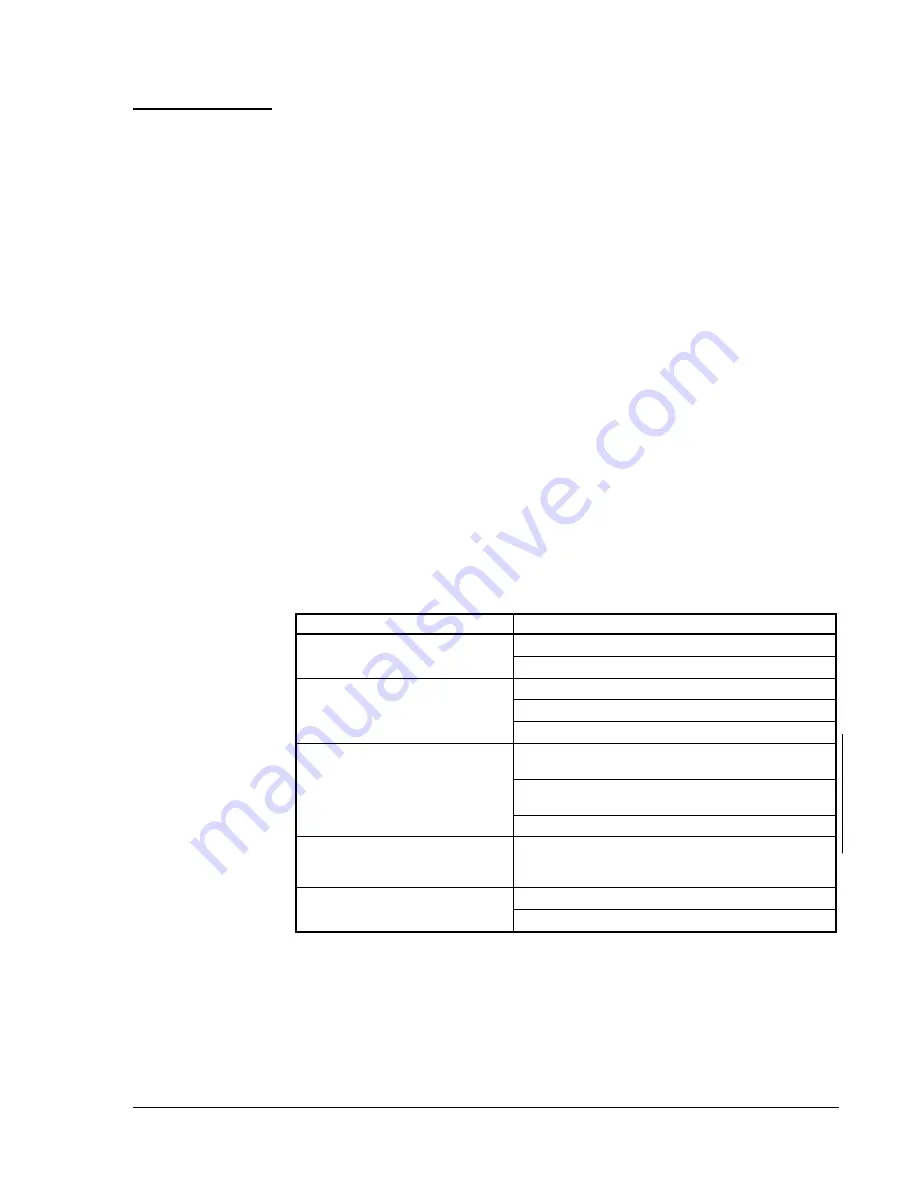
Network Communications—N2 Communications Bus
11
This section describes briefly what you need to know when designing an
N2 Bus installation. A properly installed N2 Bus consists of an electrically
continuous line of cable (unbroken) from one end of the system to the
other.
For most N2 Bus installations, the most practical choice is solid,
two twisted pair unshielded telephone cables. If you have existing stranded
cable, you can use it, but you may find that the strands become a nuisance
when wiring the cable. However, stranded wire is stronger than solid wire,
since it is not as prone to breakage during installation.
For N2 Bus installations where the very high noise exists (e.g., gas ignition
systems, radar or magnetic resonance imaging equipment, factory floor, or
outdoors), shielded wire or optical fiber is best. Of the two, fiber is by far
the better, but the more expensive. It offers extended N2 distances and
excellent immunity to electrical noise, lightning, and various other
building noises. It may be buried underground between two buildings, so
that the N2 Bus can be extended in a campus-type installation.
Table 2 summarizes the rules and maximums allowed for installing the
N2 Bus. You may wish to photocopy this table and keep it handy. These
statements are explained in following sections.
Table 2: N2 Bus Rules
Category
Rules/Maximums Allowed
General
One or two N2 Bus per NCM
Only daisy-chained devices
Number of Devices
100 devices per NCM (60 to 200 TC-9100s)
50 devices per repeater
Two repeaters cascaded
Line Length and Type
1524 m (5000 ft) between NCM to farthest N2
device before repeater is needed
4572 m (15,000 ft) from NCM to farthest N2
device (three segments of 5124 m [5000 ft] each)
2012 m (6600 ft) between two fiber modems
Cable
26 AWG twisted pair or larger
(solid or stranded 22 AWG or heavier
recommended)
Terminations
Two switched EOL per segment (preferred)
One switched EOL per segment (required)
Design
Considerations
Selecting the
Right Cable
N2 Bus Rules












































